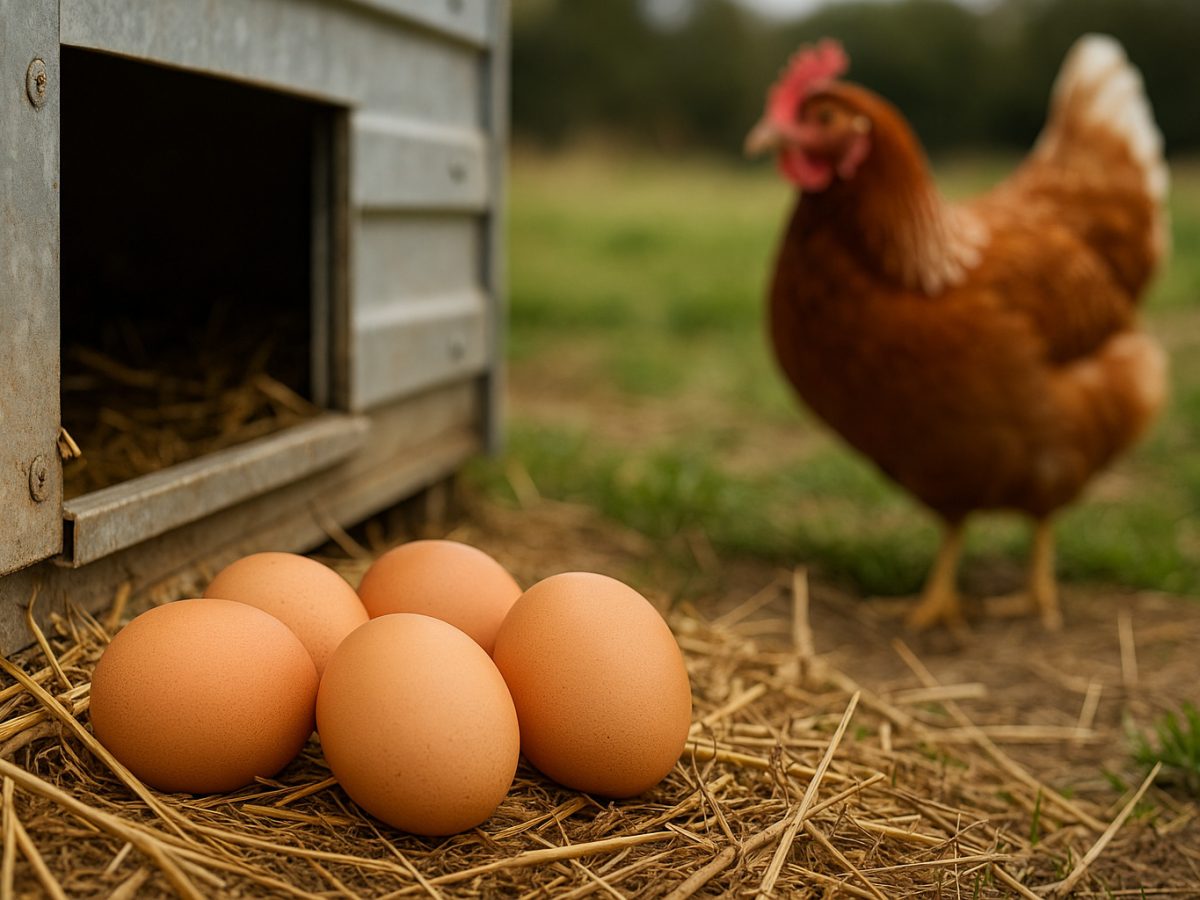
From Coop to Kitchen: Understanding the Journey of Free-Range Eggs in New Zealand
What makes a free-range egg different from its caged counterpart? The answer lies in the journey—beginning with how hens are raised and ending with how eggs arrive at your table. In New Zealand, where agriculture meets accountability, that journey tells a story of ethics, land care, and food quality.
The Life of a Free-Range Hen
A free-range hen isn’t confined to narrow metal enclosures. It roams. It pecks at the soil. It gets sunlight. According to New Zealand farming standards, free-range means each hen has access to the outdoors during the day and shelters inside at night. These outdoor areas are often enriched with trees, grass, and shaded zones to simulate natural behavior.
Key features of free-range conditions:
- Outdoor access for a minimum of 8 hours per day (weather permitting)
- Maximum of 2,500 hens per hectare
- Indoor shelters with perches and nesting boxes
- Freedom to dust-bathe, forage, and express social behavior
Stress levels tend to be lower in free-range systems. The healthier the hen, the higher the quality of the egg.
From Nest Box to Collection Belt
Egg-laying hens instinctively look for privacy and a soft surface. Nest boxes are designed with this in mind. Once the egg is laid, it rolls onto a gentle collection belt. This minimizes breakage and preserves the natural bloom—a protective coating that prevents bacteria from entering through the shell.
Each egg is then transferred to a collection point, usually twice a day. Timing is precise to avoid long exposure to temperature fluctuations. Quality assurance begins at this point, with visual inspections and surface checks.
Grading and Quality Control
Before an egg is packed, it is sorted based on weight, shell integrity, and cleanliness. In New Zealand, the standard grading system includes:
- Jumbo (73g+)
- XL (68–73g)
- Large (62–68g)
- Medium (53–62g)
- Pullet or Small (under 53g)
Each egg is also candled—an old technique using a bright light to inspect internal quality. Candling reveals yolk position, air cell size, and the presence of blood spots. Any egg that doesn’t meet criteria is diverted from retail and used in processed food products.
Packing, Labelling, and Traceability
Eggs are packed within 24 hours of collection. The packing process includes clear labeling of the following:
- Best-before date
- Farm identification number
- Size and grade
- Free-range certification (if applicable)
Traceability ensures food safety and consumer trust. If there’s a recall, the batch code leads right back to the specific farm and collection date.
Transport and Cold Chain
Free-range eggs travel in climate-controlled trucks. Maintaining temperature below 15°C helps preserve freshness and inhibits bacterial growth. This cold chain is unbroken until the point of sale.
Retailers in New Zealand often display eggs at room temperature. That’s not a contradiction—it reflects the controlled conditions during transit and storage. Once chilled, eggs should remain chilled to avoid condensation that can compromise the shell.
Cooking and Nutritional Profile
Free-range eggs tend to have deeper yolk color, a thicker albumen (white), and firmer texture. That’s partly due to the hen’s diet, which includes grass, seeds, and natural insects.
Nutritionally, free-range eggs offer:
- 6g of protein per egg
- Rich sources of choline, B12, and selenium
- Omega-3 content, depending on the feed
Their flavor profile is also affected by what the hens consume. Many chefs prefer them for baking and custards.
Ethical and Environmental Considerations
Choosing free-range isn’t just about taste. It reflects broader values:
- Animal welfare: Access to sunlight and open space aligns with humane treatment.
- Soil health: Pasture rotation and manure from hens contribute to regenerative farming.
- Consumer demand: More New Zealanders are choosing eggs from traceable, ethical sources.
Farms adopting these methods often work with certification programs like SPCA Blue Tick and FREPNZ. These certifications go beyond marketing—they require compliance with rigorous standards.
The Egg Timer Test
Perfect eggs start with quality but end with technique. For soft-boiled eggs with golden yolks and no grey ring, timing matters. Whether you’re poaching, boiling, or steaming, an egg timer takes out the guesswork. Precision supports consistency. And with food this fresh, it deserves nothing less.
Local Farms and Consumer Connection
Many New Zealanders now buy directly from local egg farms or weekend farmers’ markets. QR codes on cartons often allow consumers to “meet the flock” virtually. That connection between farm and family table encourages informed choices and food literacy.
Eggs may be simple, but their journey is complex—and worth understanding. From coop to kitchen, free-range farming in New Zealand balances welfare, science, and taste in every shell.
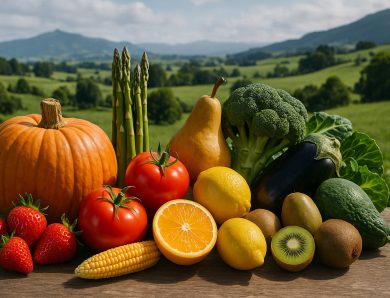
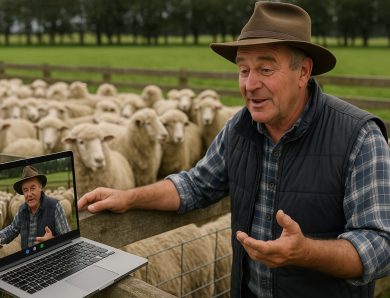
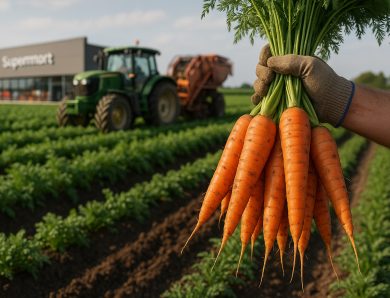
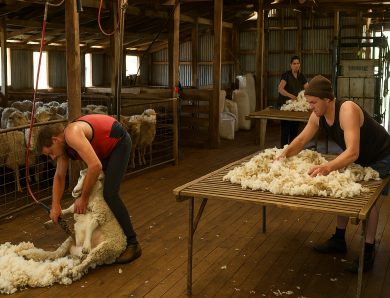
No Comment